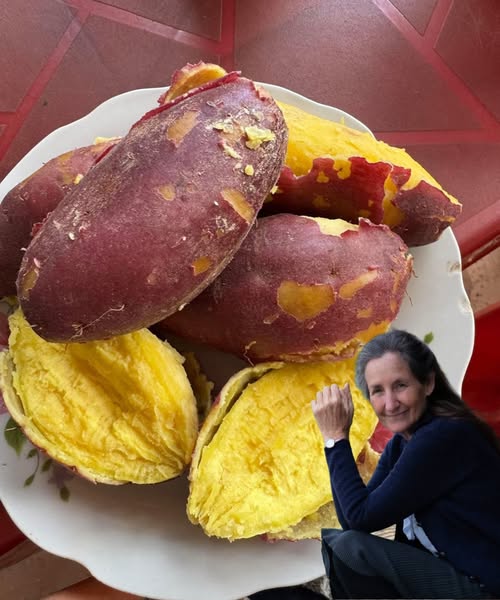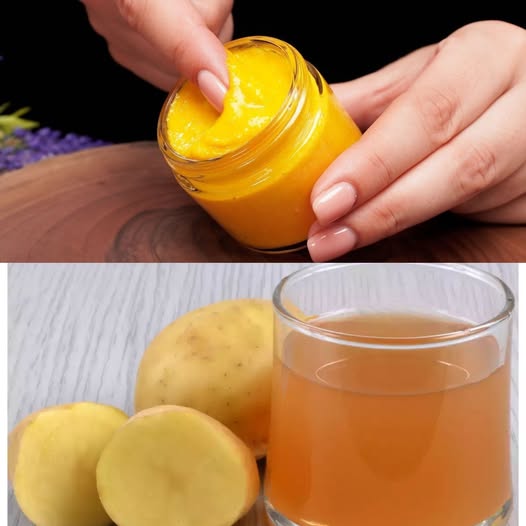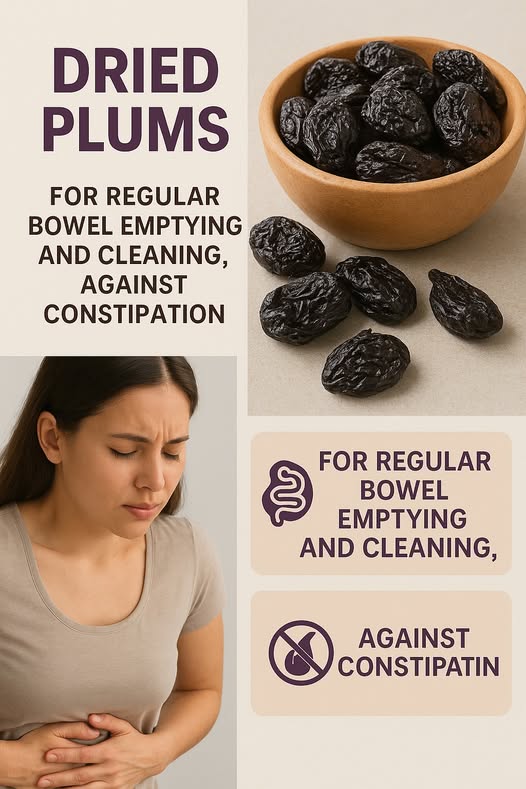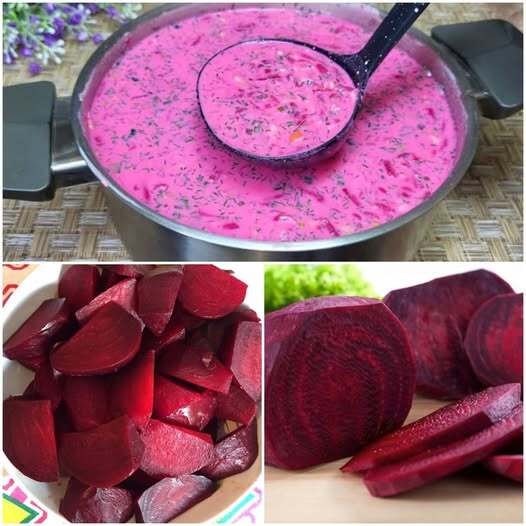Introduction: The Sweet Potato Myth—Exposed

Sweet potatoes are often hailed as a “superfood” that everyone should eat daily. They’re on countless healthy eating lists, recommended for weight loss, and celebrated for their delicious, sweet taste. But is it really that simple?
What if I told you that blindly eating sweet potatoes could wreck your diet, complicate health conditions, or waste your time on false promises?
This in-depth guide reveals 8 essential, surprising, even shocking facts about sweet potatoes you absolutely must know before adding them to your plate. We’ll also answer the most frequently asked questions (FAQs), uncover industry secrets, share nutritional stats, and provide practical tips for smart consumption.
If you care about your health, weight, blood sugar levels, or simply want to make informed dietary choices, read on.
Because eating sweet potatoes without knowing these facts is a gamble you can’t afford to take.
Body: The 8 Essential Facts About Sweet Potatoes You Must Know
1️⃣ Sweet Potatoes Aren’t the Same as Yams—Stop Confusing Them
One of the biggest consumer mistakes? Thinking sweet potatoes and yams are interchangeable.
✅ Sweet potatoes (Ipomoea batatas) are root vegetables with orange flesh, a sweet flavor, and high beta-carotene.
✅ True yams (Dioscorea spp.) have white, starchy flesh and rough, bark-like skin, with minimal sweetness.
Why it matters:
Confusing them can ruin recipes, lead to nutritional miscalculations, and even result in allergic reactions in some cases.
Pro tip: When buying, check the label or ask your grocer for clarity. Over 50% of shoppers don’t know the difference.
2️⃣ High in Carbs—Not Keto or Diabetic-Friendly Without Careful Planning
Many diet influencers tout sweet potatoes as healthy carbs. But they’re still high in carbohydrates:
- 1 cup mashed = ~58g carbs, ~14g sugar.
- Glycemic Index (GI): ranges 44–94 depending on cooking method.
✅ Baked sweet potatoes have a higher GI than boiled.
✅ Diabetics need to control portion sizes carefully.
Stats to know: The American Diabetes Association classifies sweet potatoes as “medium to high GI,” meaning portion control is critical.
Pro tip: Boil instead of bake to reduce GI impact.
3️⃣ Anti-Nutrients in Sweet Potatoes Can Interfere With Mineral Absorption
Sweet potatoes contain oxalates and phytates, which can bind minerals like calcium, iron, and zinc, making them less bioavailable.
✅ High oxalate foods can increase kidney stone risk for susceptible individuals.
✅ Steaming or boiling reduces some anti-nutrient levels, but not all.
Important note: If you have a history of kidney stones or mineral deficiencies, consult your dietitian before eating sweet potatoes frequently.
4️⃣ Sweet Potatoes Can Spike Blood Sugar If Cooked Improperly
Many people think of sweet potatoes as safe for blood sugar. Truth: it depends entirely on preparation.
✅ Baking and roasting can significantly increase GI.
✅ Boiling preserves lower GI.
✅ Adding healthy fats and fiber (like olive oil or beans) can blunt blood sugar spikes.
Clinical insight: Studies show that boiled sweet potatoes have GI ~44, while baked can exceed 90. That’s a dramatic difference that diabetics and weight watchers must respect.
5️⃣ High in Beta-Carotene, But Absorption Isn’t Automatic
Sweet potatoes are famous for beta-carotene (pro-vitamin A).
✅ 1 cup mashed: ~1,922 mcg RAE (over 200% of daily value).
✅ BUT conversion varies: some people genetically convert beta-carotene to vitamin A poorly.
Key Fact: Up to 45% of people have reduced beta-carotene conversion efficiency.
Pro tip: Eat sweet potatoes with a fat source (olive oil, butter) to improve absorption.
6️⃣ Sweet Potatoes Can Cause Allergies (Rare But Real)
✅ Some people experience oral allergy syndrome (OAS) with sweet potatoes.
✅ Symptoms include itching, swelling of lips, tongue, or throat.
✅ Cooking often reduces allergenicity, but not always.
FDA note: Sweet potato allergies are rare, but underreported. Always introduce cautiously in children.
7️⃣ Not All Sweet Potatoes Are Created Equal—Variety Matters
Sweet potatoes come in many colors: orange, purple, white, yellow. Each has unique benefits and challenges:
✅ Orange: Highest beta-carotene.
✅ Purple: Rich in anthocyanins (anti-inflammatory, antioxidant).
✅ White: Less sweet, lower GI.
Nutrition Strategy: Mix varieties for broader health benefits.
Pro tip: Use purple sweet potatoes for anti-inflammatory support and to diversify your diet.
8️⃣ Overeating Sweet Potatoes Can Cause Nutrient Imbalance
✅ They’re healthy in moderation.
✅ But overconsumption can crowd out other important nutrients and lead to imbalances.
✅ Example: Excess beta-carotene can cause harmless but alarming carotenemia (orange skin tint).
Balanced Diet Advice: Nutritionists recommend rotating starchy vegetables (potatoes, squash, taro) to avoid overdependence.
✅ Frequently Asked Questions (FAQs) About Sweet Potatoes
Q1: Are sweet potatoes good for weight loss?
✅ In moderation. They’re filling and nutrient-rich, but high-carb.
Pro tip: Watch portions and combine with fiber and protein for satiety.
Q2: Are sweet potatoes better than regular potatoes?
It depends.
✅ Sweet potatoes: higher beta-carotene.
✅ White potatoes: slightly lower in sugar but similar carbs.
✅ Both can fit a healthy diet when cooked wisely.
Q3: How should diabetics eat sweet potatoes safely?
✅ Boil instead of bake.
✅ Limit portion (½ cup).
✅ Pair with healthy fats and fiber.
✅ Monitor blood sugar after meals.
Q4: Can kids eat sweet potatoes?
✅ Yes—excellent source of vitamin A.
✅ Introduce slowly to check for allergies.
✅ Mash or steam for easy digestion.
Q5: Are purple sweet potatoes healthier?
✅ Higher in anthocyanins (antioxidants).
✅ Lower GI in some studies.
✅ Excellent for anti-inflammatory diets.
Q6: Can sweet potatoes cause gas or bloating?
✅ Yes. Their fiber (especially soluble) can ferment in the gut.
✅ Reduce by cooking well and introducing slowly.
Q7: Do sweet potatoes help your immune system?
✅ Rich in beta-carotene (supports vitamin A needs).
✅ Vitamin A critical for immunity, vision, skin health.
Q8: Should you peel sweet potatoes?
✅ The peel has fiber, vitamins, and antioxidants.
✅ Wash thoroughly if eating peel.
✅ Peeling reduces pesticide exposure if not organic.
📊 Key Nutritional Stats (Per 1 Cup Mashed, ~200g)
- Calories: ~249
- Carbs: ~58g
- Sugar: ~14g
- Fiber: ~8g
- Vitamin A: 1,922 mcg RAE (>200% DV)
- Vitamin C: ~39% DV
- Potassium: ~950mg (~27% DV)
Source: USDA FoodData Central
Conclusion: Eat Smart—Not Blindly
Sweet potatoes can be a powerful addition to your diet—but only if you know how to use them wisely.
✅ Don’t fall for hype without the facts.
✅ Remember their high-carb nature.
✅ Respect preparation methods to manage blood sugar.
✅ Consider nutrient absorption and allergy risks.
✅ Embrace variety in types and cooking methods.
If you’re looking to optimize your health, manage weight, or control blood sugar, you can’t afford to ignore these 8 critical facts.
Final advice: Consult a registered dietitian if you have specific health concerns or want a personalized plan.
Action Steps:
- Review your portion sizes.
- Choose boiling over baking for lower GI.
- Combine with healthy fats.
- Diversify your starchy vegetables.
- Share this article to help friends and family eat smarter.
Don’t eat sweet potatoes until you know these 8 shocking facts—your health depends on it.


